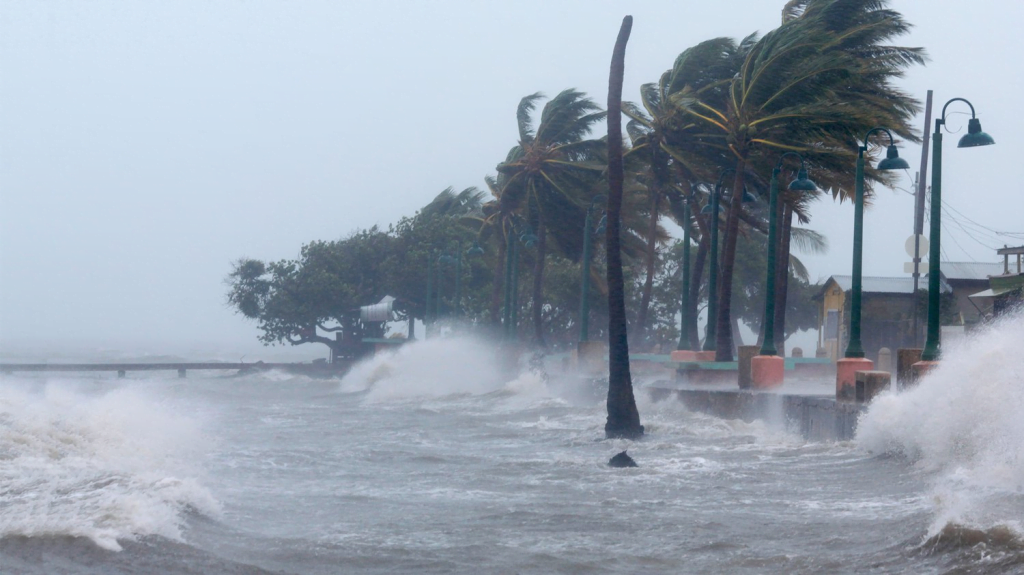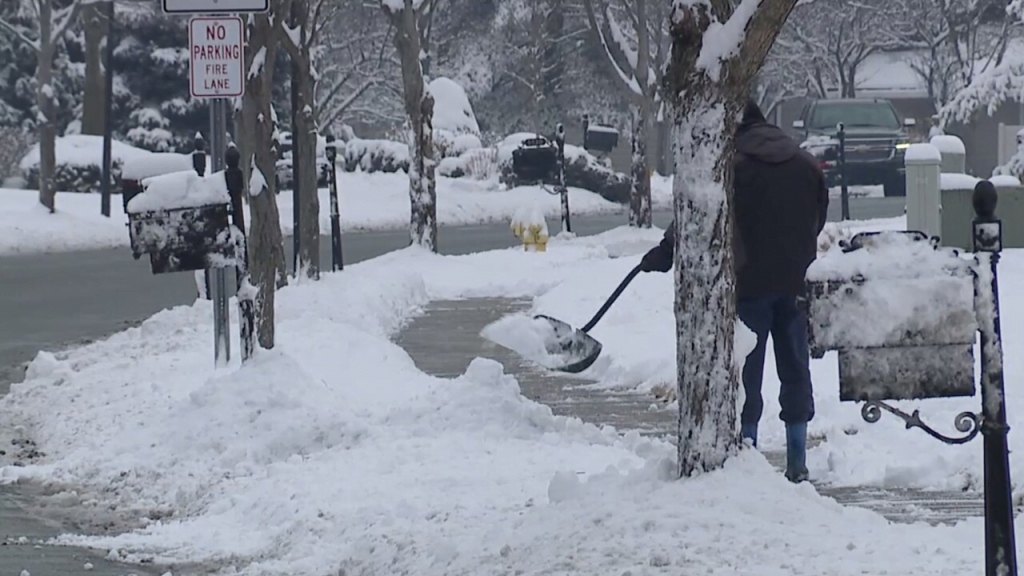The seasons in New York City vary from year to year. Spring brings budding flowers and light winds, but the temperatures can still be cold. Summer brings long, bright days and a later sunset. Fall is more relaxed and crisp. Winter months are cold and often snowy but are also sunny. It will help if you plan your vacation accordingly. Here at Towards Travel writings, we will tell you about New York City Weather.
Highline Park:
Highline Park is a mile-long elevated park overlooking the West Side of Manhattan. It offers stunning views of Manhattan’s skyline and is an excellent place for people-watching. The park is also full of interesting architecture and contains large patches of grass and seasonal blooms.
The High Line Parka was created due to an abandoned elevated railroad conversion into a park. It was initially known as the Illinois Prairie Path, a rails-to-trails initiative led by U.S. Secretary of Interior Roger Morton. The new park was opened in June 2011, but the section from 20th Street to 30th street is closed until redevelopment occurs.
The High Line is a beautiful new sight in New York City. It is located in the Meatpacking District and offers a unique view of the city. The elevated track was initially built to move freight off the city’s crowded streets. However, the elevated tracks were no longer valid as the city grew. The project began in 2009, and since then, the High Line has become a popular spot for people to enjoy.

The park’s design is intended to encourage people to look up. Various paths overlook, and plantings encourage people to linger. The architecture incorporates reclaimed hardwood benches and rusted railroad rails. High Line Park is connected to Hudson Yards and will eventually connect to Hudson Park and Boulevard.
Central Park:
Central Park, New York City’s weather is quite warm in the summer and relatively calm in the winter. The average high temperature in Central Park is around 76degF during the warm season, and it rarely drops below 15degF. The average low temperature during the cold season lasts for 3.3 months, from December 3 to March 12, and is 29 degrees Fahrenheit.
Late June to late August is the ideal time of year to visit Central Park. The least rainy and snowiest time of year is now. The driest month is January, with an average of 7.3 days with at least 0.04 inches of precipitation. Wet days are classified as rain, snow, or a combination of the two. With an average of 10.5 days of rain or snow, July has the most precipitation during the year. It averages overcast or cloudy for 52% of the year.

Central Park, New York City’s climate is moderated by the Atlantic Ocean, which helps moderate the temperature. The temperatures are generally mild during winter and colder in the summer. The forecast for Central Park, New York City, is based on the GFS model and is updated every 3 hours for three hours. The forecast is available ten days in advance.
Highline:
High Line Art has commissioned an installation called Windy that annually spins around the elevated park. The building is made of lightweight UV-proof and waterproof foam discs that remind you of the weather in New York City. It also features a giant picture window and seats that resemble billboards.
Daytime temperatures range from 55 to 66 degrees Fahrenheit, while low temperatures fall to 41 degrees. Outdoor activities are significant given the pleasant weather. Whether you want to walk along the Highline or visit the Bronx Zoo, you’ll find it a great time to go. And if you want to get up high and see the sights, the Empire State Building, Top of the Rock, and Edge are all excellent vantage points.

New York’s High Line was once a freight rail line. Before it was turned into an urban park, the High Line was used to transport produce directly into warehouses. It even delivered frozen turkeys! But as time passed, the High Line became overgrown, and nature took over. Forward 1999, it faced demolition, but nearby residents stepped in to save it.
Despite being a part of the New York City weather forecast, the High Line has a few unique features that make it an exceptional place to walk and take in the sights. First of all, it’s open every day during daylight hours. In addition to the park’s unobtrusive anchoring and strategic planting scheme, the High Line was virtually unchanged by Hurricane Sandy.
Hurricanes:
If you live in New York City, you’ve likely seen the devastation Hurricane Sandy caused. Though the storm was downgraded to a tropical storm before it hit the east coast, the city issued a mandatory evacuation order for coastal areas. This included 370,000 people living in zone A, the Rockaway Peninsula, and 34 health care facilities in zone B. In addition, the city provided shelter for about 10,000 evacuees. In total, the city estimated damage of around $100 million.
Hurricanes in New York City can also bring flooding to the area. The destruction of homes and rapid flooding are two of a hurricane’s deadliest side effects. In New York City, the area around the Hudson River will be particularly vulnerable to storm surges. In addition, hurricanes can cause damage to buildings, and in some cases, they can cause fatalities.

Despite its recent history, New York City remains vulnerable to major storms. A Category 3 hurricane swept through the region in 1938, killing nearly two hundred people and causing millions of dollars in damage. It also knocked out electrical power in Manhattan, the Bronx, and the upper 59th street of Manhattan.
Tropical Storms:
If you’ve ever lived in New York City, tropical storms can cause flooding. But what exactly happens when a tropical storm strikes? You can find out by checking out the latest forecast from NOAA. The latest update from NOAA shows that the current storm will land in New York City on Tuesday afternoon.
On August 28, 2011, Hurricane Irene landed in New York City and dumped over four inches of rain. While this was not a catastrophic storm, it caused flooding in low-lying areas and forced the evacuation of approximately 370,000 people. The storm caused significant power outages and halted the city’s transportation systems.
While it’s impossible to predict the exact timing of hurricanes, you can check the list of storms that have hit the city in the past. Most of these storms are accompanied by heavy rain. However, some hurricanes can become so strong that they can cause devastating flooding. Some batteries have even caused fatalities.

Hurricanes usually start in the Caribbean and move up the Atlantic coast. They can also make landfall in New York City, as did Hurricane Sandy in 2012. A hurricane’s path depends on high pressure, but it can also stay in the Caribbean or hit the southern states. In addition, storm activity in the Atlantic Ocean has increased due to climate change.
Wind Chill:
The wind chill is the feeling of cold air made worse by the wind. The average wind speed varies widely throughout the year in New York City. A typical day in the city experiences more than eight miles per hour, and the average wind speed is nearly 10 miles per hour. The windiest month is February, while the calmest month is July.
Until Wednesday morning, an arctic airmass will hang over the tri-state region. Wind chills will be near zero degrees for many, with wake-up temperatures in the teens. In just thirty minutes, exposure to this air can result in frostbite. But don’t worry; the wind will diminish as the day progresses.

The water temperature remains above sixty degrees Fahrenheit during the warmer months, while the coldest months are March and December. July is the warmest month, with an average high of 84 degrees and a low of 71 degrees. During the cold season, temperatures rarely rise above seventy degrees and are generally cloudy and partly cloudy.
New York City experiences a continental climate with chilly winters and sweltering summers. It sits at 41 degrees north latitude, on the continent’s edge, influenced by the collision of air masses from the Gulf of Mexico and Canada. Because of the crash of these air masses, wind speeds are often very high.






